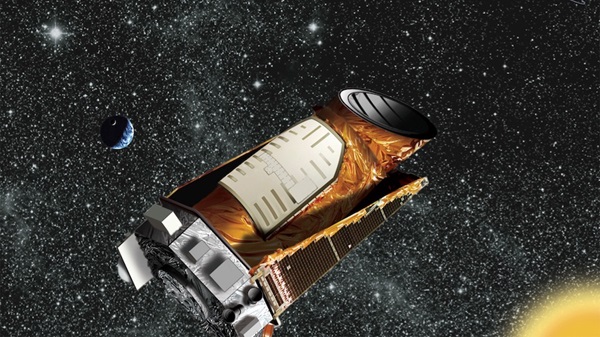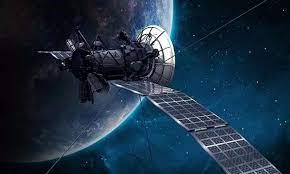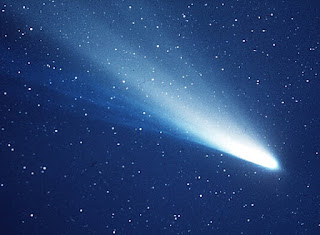THOUGH FOR A HOT SUMMER

THOUGHT FOR A HOT SUMMER Nikunja Bihari Sahu The hot summer days are unceremoniously back! With the daytime temperatures inching to 40 0 C so early in the season, the current season promises to be painfully hot. Gone are the days when the summer in our childhood village days was so pleasant and soothing. The cool refreshing southerly breezes of the evening, the cuckoo’s melodious song in the meadows, cricket’s tune reverberating the quiet afternoons, the smell of mango buds swept away by the winds and people enjoying playing cards under moon-lit sky till late night - all revive the sweet memories of the ancient village life. So what has gone wrong these days? Scientists are attributing this unusual situation to a relatively ...



